In the ancient city of Stratonikeia, which is located on the lands where the Yatağan district of Muğla is located today, in the 1st century AD, when the Roman Age was ruling, 3 children aged 2-3 years old were running in different directions on wet bricks that had not yet dried. The footprints left on the bricks became a reminder of them and were unearthed years later by archaeologists working in the archaeological excavations of the ancient city of Stratonikeia.
1900-year-old child footprints were unearthed during archaeological excavations in the ancient Roman bath in the ancient city of Stratonikeia in Muğla's Yatağan district.
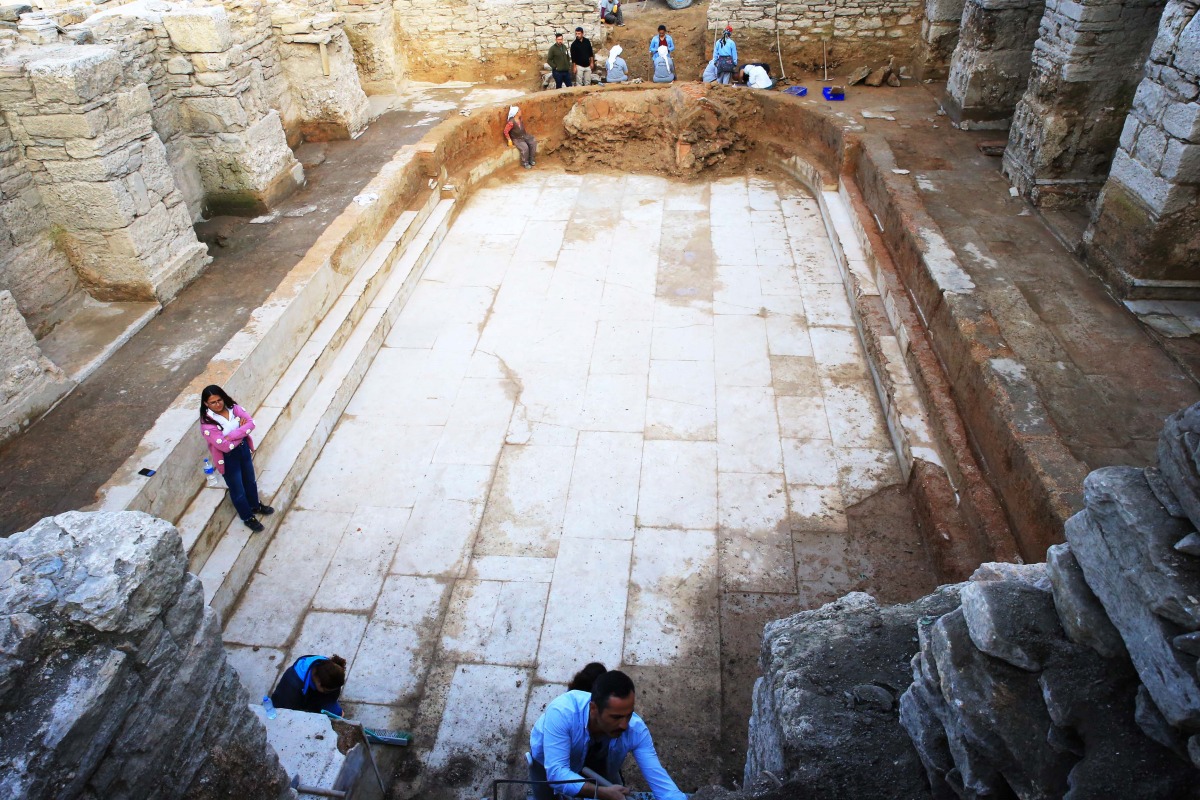
Head of the Excavation Committee of the Ancient City of Stratonikeia, one of the most important settlements of the Caria region, which is on the UNESCO World Heritage Tentative List, famous as the "City of Gladiators" and one of the largest marble cities in the world, Prof. Dr. Bilal Söğüt said.
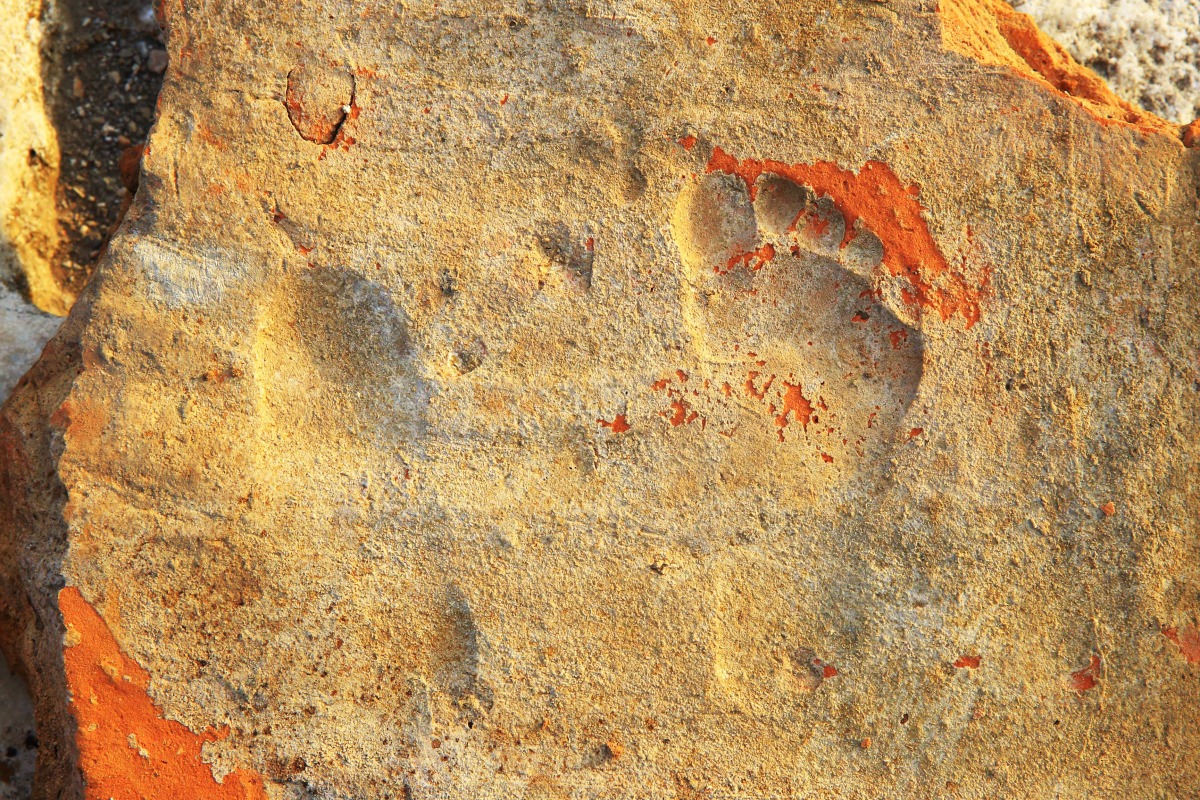
Photos: Durmuş Genç - AA

Bilal Söğüt said, "This year, we worked in the palestra, the gymnastic and sports sections of the Roman bath next to the west street, and in the frigidarium, which is the apodytorium and the coldness section with a pool at the entrance. "We came across footprints dating back about 1900 years on the bricks used in the vault within the Roman ruins. These were very beautiful for us. We even found that these were the footprints of 3 different children aged 2-3 years old. In previous studies, we found different depictions on such roof tiles and wall bricks, but this was the first time we came across such a footprint. These footprints were coming from different directions and not all of them were in the same direction. This was one of the good developments for us. Our work there continues. In fact, the sewage drainage system built in the Roman period is still working in the baths. These were fully revealed both in the pools and promenades. Now, when it rains, the water flows into the ancient sewers as if it were built today, and not even a drop of water accumulates in the pools. This is one of the good and pleasing news."

Bilal Söğüt added that the Ministry of Culture and Tourism, General Directorate of Cultural Heritage and Museums, Turkish Historical Society, Muğla Governorship, Yatağan Municipality, and Pamukkale University supported the work carried out in the city.
Durmuş Genç - AA / Translated into English by the Arkeolojikhaber team

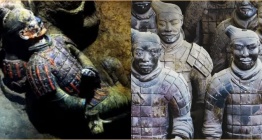


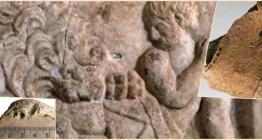


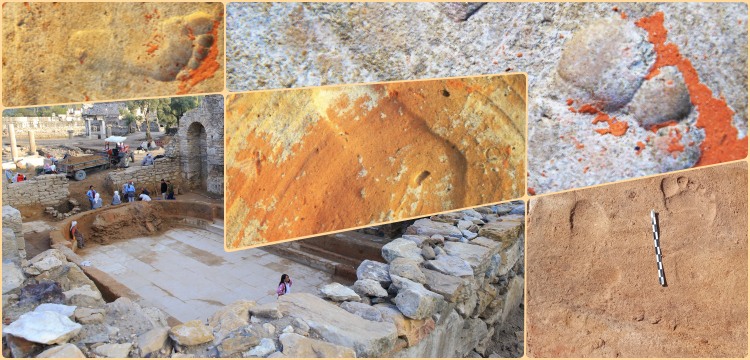
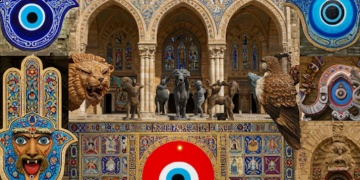 Apotropaeon: Arkeoloji, din tarihi, folklor ve antropolojik açıdan Apotropaic
Apotropaeon: Arkeoloji, din tarihi, folklor ve antropolojik açıdan Apotropaic 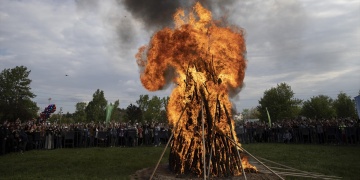 Edirne Kakava ve Hıdırellez Şenlikleri bu yıl 4 gün sürecek
Edirne Kakava ve Hıdırellez Şenlikleri bu yıl 4 gün sürecek 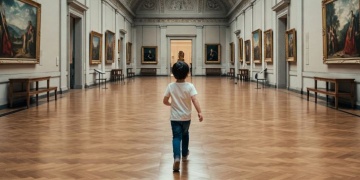 Museum Boijmans Van Beuningen'deki Rothko tablosu bir çocuk tarafından çizildi!
Museum Boijmans Van Beuningen'deki Rothko tablosu bir çocuk tarafından çizildi! 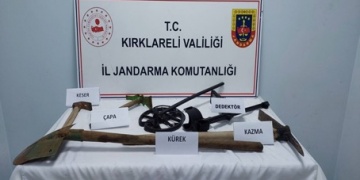 Kırklareli merkezli 3 ilde kaçak kazı operasyonunda 14 defineci yakalandı
Kırklareli merkezli 3 ilde kaçak kazı operasyonunda 14 defineci yakalandı 




